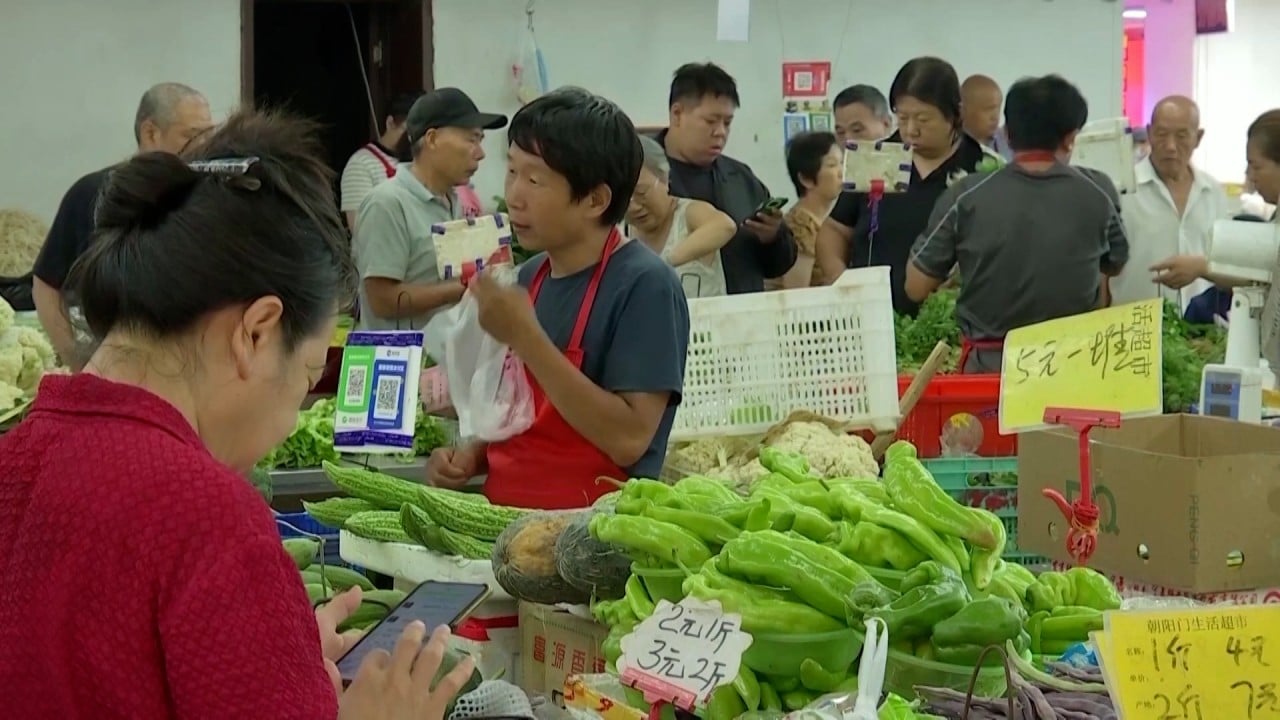The economic data points to a continuing uptrend in growth, the stock valuations are below the historical average and companies are generous in dividend payouts because of regulatory pressure, building up optimism in stocks, Liu Xiaoyan, chairman and general manager of E Fund Management, wrote in an article for Xinhua on Tuesday. The content of the article was confirmed by the Guangzhou-based firm, which oversees 1.7 trillion yuan (US$232.3 billion) of assets and ranks as China’s top onshore money manager.
The sentiment was echoed by GF Fund Management and China Asset Management executives in interviews with Shanghai Securities News on Wednesday, who said China’s onshore stocks were attractive. The two firms are the second and third largest in the mutual fund industry, respectively, each with 1.3 trillion yuan of assets under management.
“Stock price moves around values and low valuations are not going to last forever,” said E Fund’s Liu in the article. “From a long-term horizon, the best time for allocations is when the market is at its most pessimistic.”
China’s CSI 300 Index has dropped more than 8 per cent this year, with only the Hang Seng Index and Thailand’s SET50 gauge underperforming in the Asia-Pacific region. The CSI 300 is heading for a third straight year of losses, an unprecedented streak since its inception in 2002. It is valued at 12 times estimated earnings for the year, below the average of 13.5 times over the past decade, according to Bloomberg data.
Still, the bullish calls should be treated with caution as China’s mutual fund industry is dominated by state-owned financial institutions that need to defer to the government’s drive to bolster the stock market. For instance, the biggest shareholder of E Fund is Yuecai Trust, which is owned by the Guangdong provincial government, while China Asset is a unit of government-controlled Citic Securities.
Last month, Central Huijin Investment, a unit of the nation’s US$1.35 trillion sovereign wealth fund, bought an undisclosed amount of exchange-traded funds and increased its stake in the big four state-owned banks for the first time since 2015.
Chinese firms return to profit growth as stabilising measures feed into economy
Chinese firms return to profit growth as stabilising measures feed into economy
The recent pullback in stocks was driven more by external liquidity and capital flows will soon reverse in favour of emerging-market assets, according Li Yimei, general manager at China Asset.
The cycle of US interest-rate increases is nearing an end and the yields on US Treasuries have limited room for further upside, she added. The Federal Reserve kept its benchmark borrowing cost unchanged on Thursday, its third pause since the rate-increase cycle began in March 2022.
“The market is showing characteristics of a bottom,” Li said. “We should doggedly forge ahead and accumulate more attractive bets before the tide turns.”


